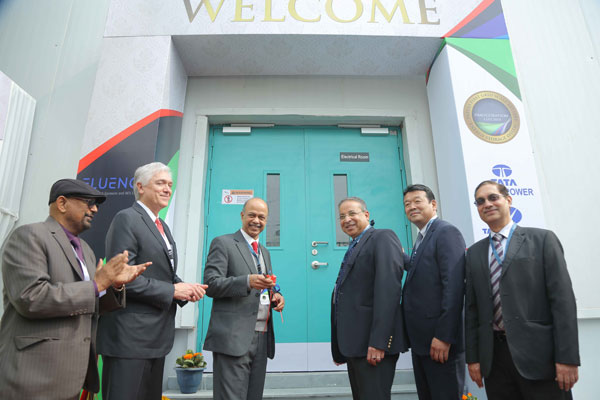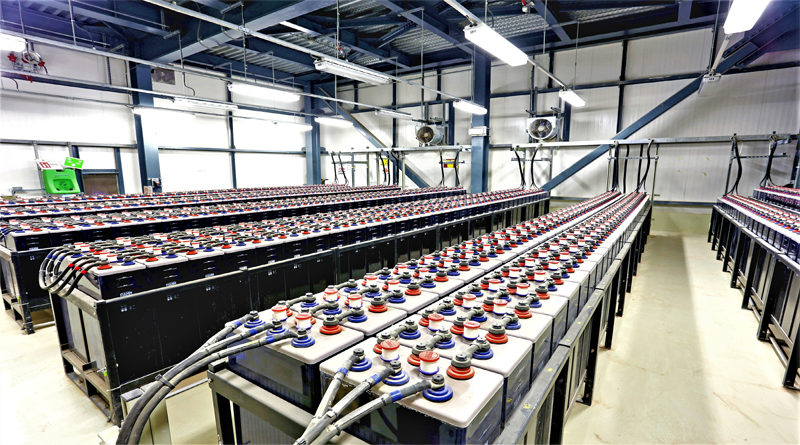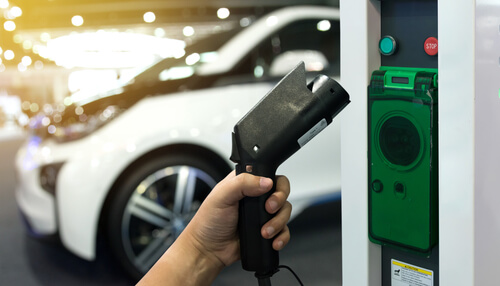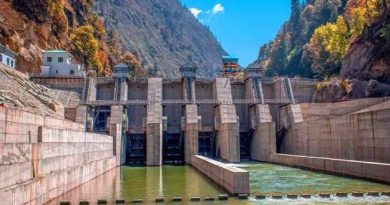Tata Power Launches South Asia’s Largest Grid-Scale Energy Storage System in Delhi

Tata Power Delhi Distribution Limited (TPDDL), a joint venture between Tata Power and the Government of Delhi that distributes electricity in North & North West parts of Delhi, has inaugurated South Asia’s Largest Grid-Scale Energy Storage System in Rohini.
The storage system located at a substation operated by TPDDL. The 10 MW storage solution will enable better peak load management, add system flexibility, and enhance reliability for more than 7 million customers in the Delhi region.
Tata Power’s collaboration with AES and Mitsubishi is one of the significant milestones in the Indian power sector,” said Mr. Praveer Sinha, CEO and Managing Director of Tata Power. “Grid-scale energy storage will pave the way for ancillary market services, power quality management, effective renewable integration and peak load management of Indian grids.”
“At Tata Power-DDL, we continually strive to integrate new technologies for strengthening our network to provide reliable and quality power supply to our consumers,” said Mr. Sanjay Banga, CEO of Tata Power-DDL. “This, India’s first grid-scale battery-based storage system, will address our key challenges in the areas of peak load management, system flexibility, frequency regulation and reliability of the network.”
The project was developed in collaboration with AES India, a subsidiary of US-based AES Corporation, and Japan’s Mitsubishi Corporation. The work on the project began on January 23, 2018. The project was built for almost $9 million and will demonstrate the benefits of energy storage to consumers, regulators as well as the government. AES has built similar pilot projects in many other markets too.

“Battery-based energy storage has an essential role to play in helping India realize its vision for a more sustainable energy future,” said Mr. Andrés Gluski, AES President and Chief Executive Officer. “AES has been committed to delivering safe, reliable and affordable power in India for the last 27 years and we’re proud to bring the country’s first major grid-scale energy storage solution online and open the market for the use of battery storage technology in India.”
American Power company AES added that India is presenting a potential investment opportunity of $50 billion in battery storage facilities that could help integrate renewable energy into the grid, replace polluting diesel-fueled power and boost electric mobility.
AES sees India’s goal to build 175 gigawatts of renewable energy by 2022 as a big opportunity to use battery storage to integrate fluctuating green power into the grid, as well as replacing fossil fuel power plants.
The Government of India’s Ministry of New and Renewable Energy (MNRE), says that India is “making concerted efforts” to develop energy storage technologies to manage variable generation from renewable energy sources, including solar power. India’s Ministry of New and Renewable Energy (MNRE) is planning two hybrid projects with a combined total of 14MW solar PV and 42MWh of battery energy storage in Leh and Kargil, in Jammu and Kashmir.
MNRE’s National Energy Storage Mission (NESM) draft promotes energy storage sector by encouraging manufacturing, deployment, innovation, and cost reduction. But the policy is still in the draft form.
India Energy Storage Alliance (IESA) estimates the market for energy storage will grow to over 300GWh between 2018 to 2025. India is expected to attract investment in up to four ‘Gigafactories’ for advanced Li-ion batteries, attracting over US$3Billion in investments in the next 3 years.
Currently, Australia, China, Japan, Germany, Korea, and the United States are the leading countries in the deployment of energy storage technology.





